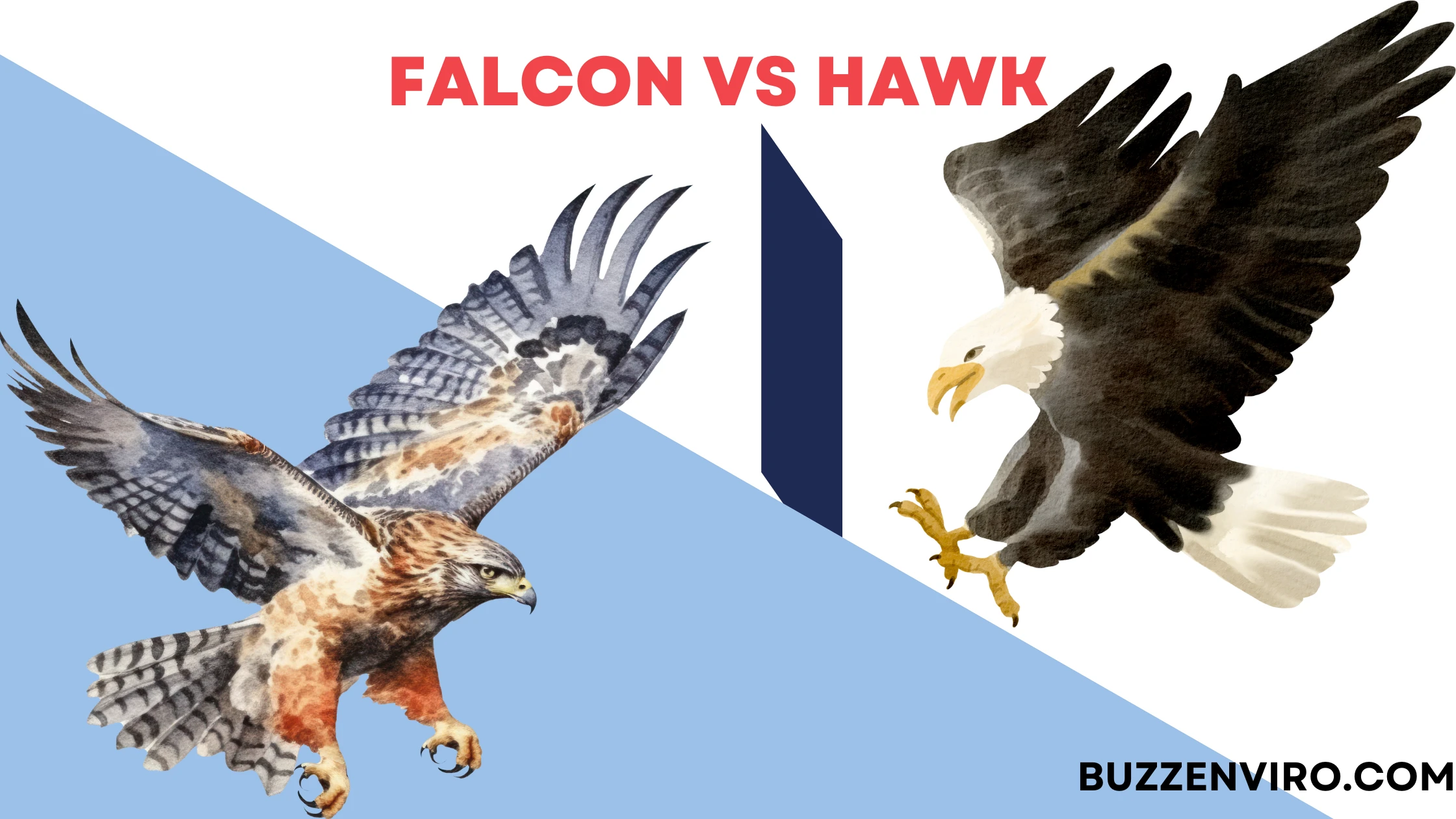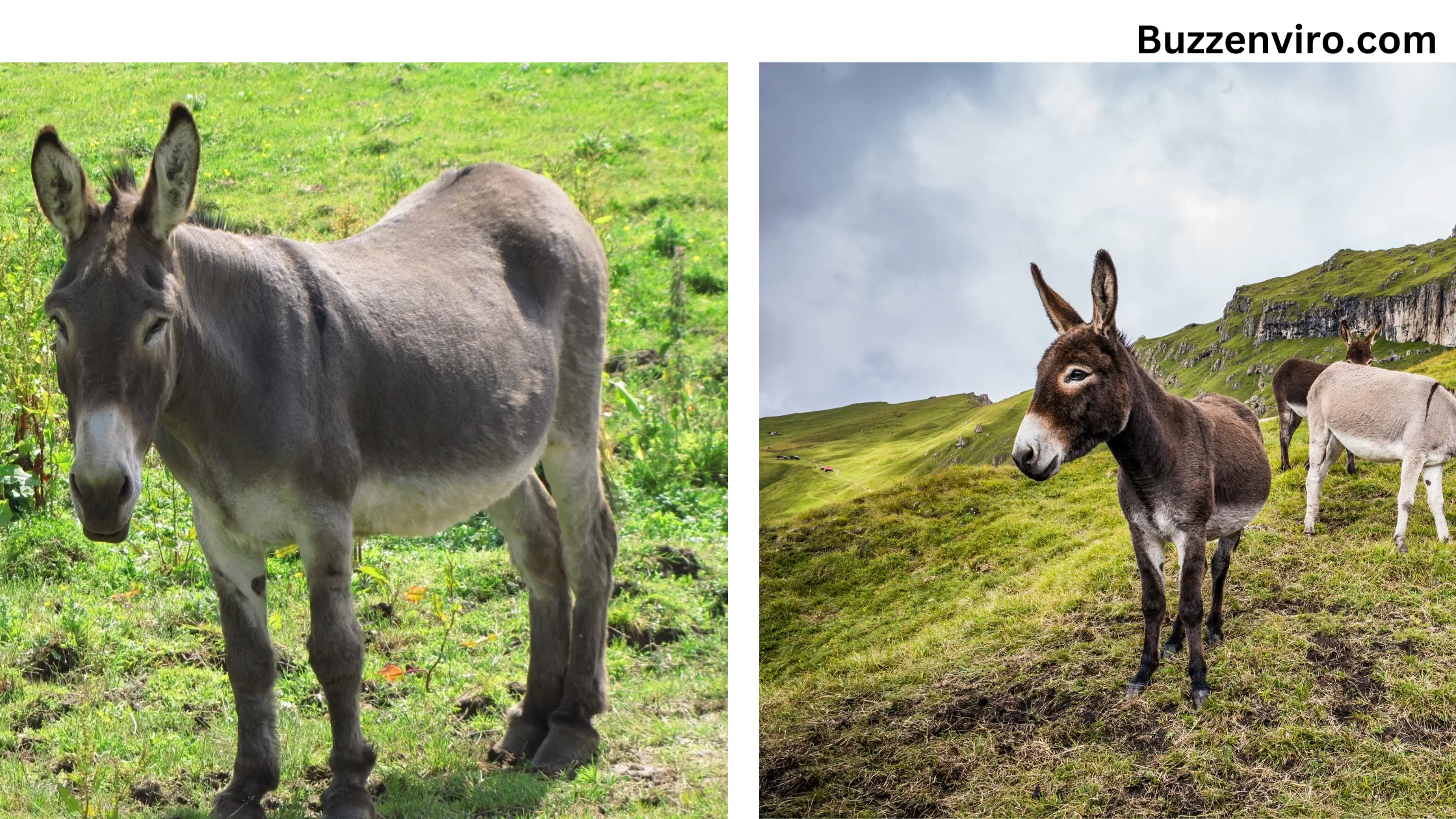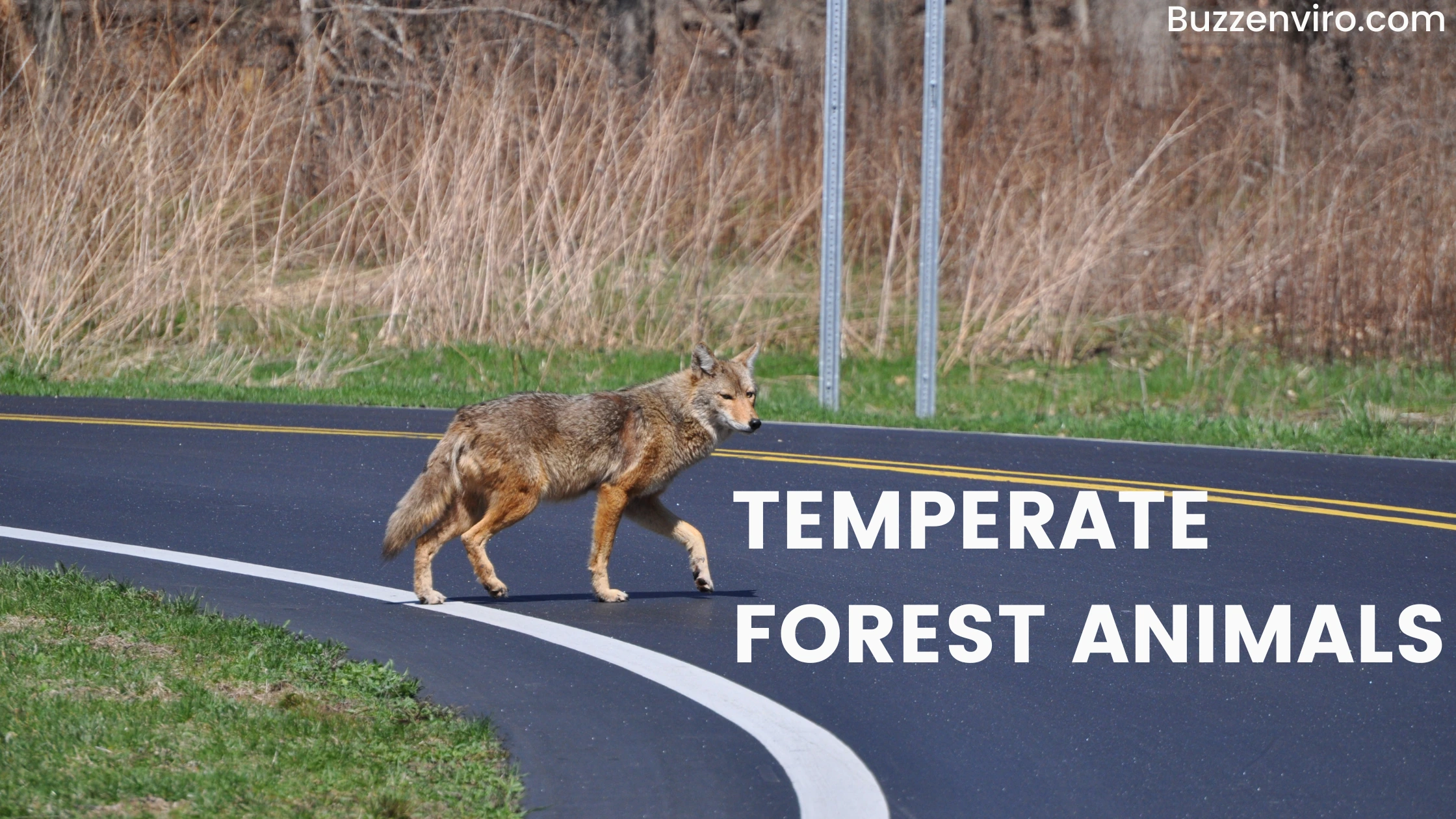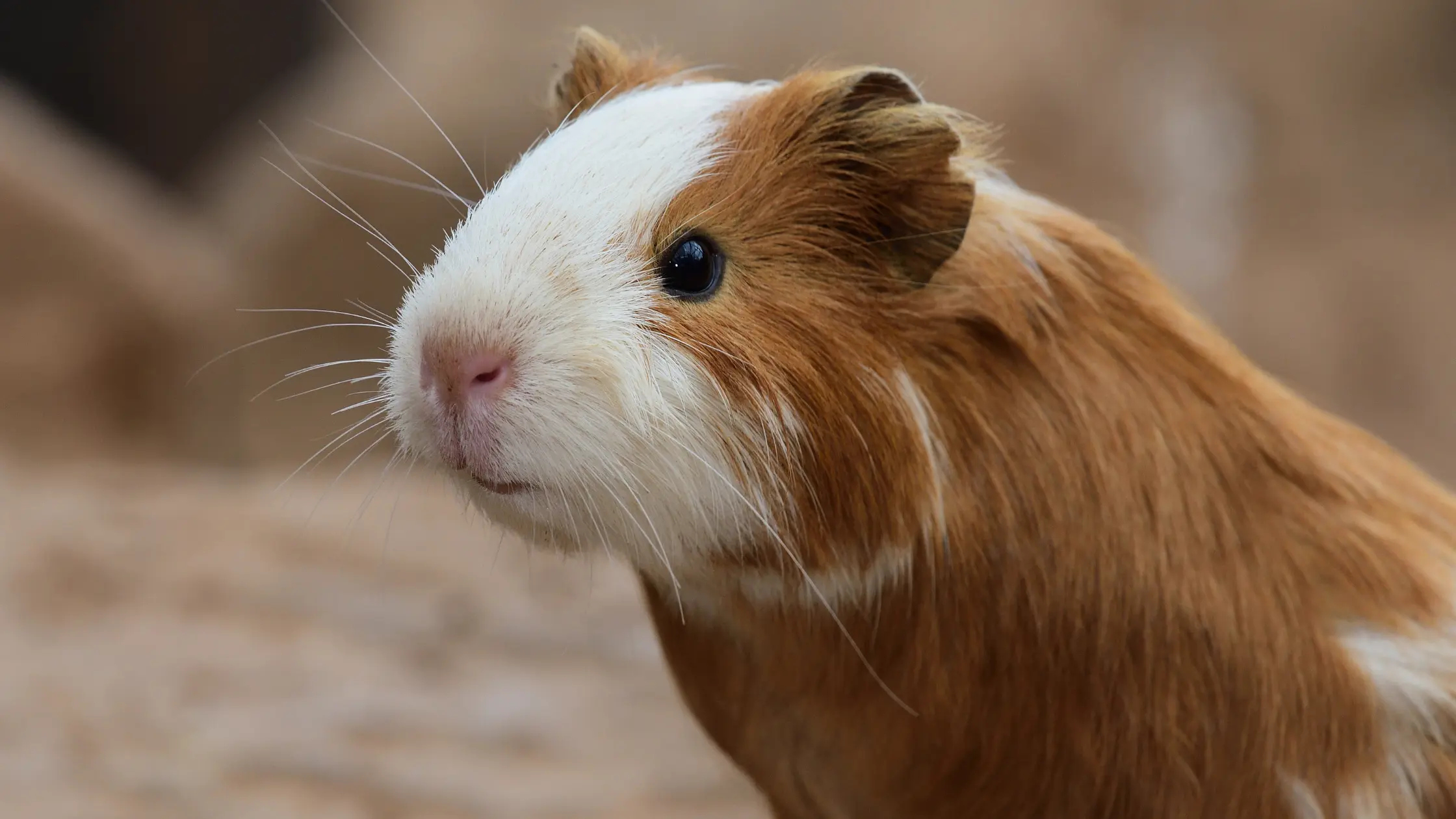Birds of prey, or raptors, are nature’s hunters, equipped with sharp talons, powerful beaks, and exceptional vision. Among the most fascinating raptors are falcons and hawks. While both belong to the same order, Accipitriformes (hawks) and Falconiformes (falcons), they belong to different families and exhibit distinct differences in behavior, morphology, and hunting techniques. Let’s dive deeper into the world of falcon vs hawk to explore what sets them apart and what makes them similar.
1. Anatomy and Physical Characteristics of Falcon vs Hawk
The physical characteristics of falcons and hawks are one of the easiest ways to distinguish between these two magnificent birds. Their sizes, beaks, wings, and tails are shaped by their environments and hunting strategies.
Falcon Anatomy

- Size: Falcons are generally smaller birds of prey. Species such as the peregrine falcon measure between 12 to 19 inches in length, with wingspans ranging from 2.5 to 3.5 feet. They are sleek, aerodynamic, and built for speed.
- Beak: The falcon’s beak is hooked and features a “tomial tooth,” which is a small notch that allows the bird to sever the spinal cord of its prey in mid-air. This adaptation makes falcons highly effective hunters.
- Wings: Falcons have long, pointed wings that allow for extreme maneuverability and speed. These adaptations enable them to achieve some of the fastest speeds in the animal kingdom.
- Tail: Falcons typically have short, pointed tails that assist in high-speed flight and sharp turns during a chase.
Hawk Anatomy

- Size: Hawks tend to be larger than falcons. For example, the red-tailed hawk, one of the most common species in North America, can reach up to 22 inches in length with a wingspan of 4 feet.
- Beak: Like falcons, hawks have hooked beaks for tearing apart prey, but their beaks are generally stronger and more robust.
- Wings: Hawks have broader wings that are designed for soaring. Their wings allow them to glide over large areas and survey for prey from high altitudes.
- Tail: Hawks possess long, wide tails that assist in maneuvering and controlling their flight. These tails are especially helpful when hawks are flying in search of prey and need to make quick adjustments in their path.
2. Hunting Techniques: A Comparison of Falcon and Hawk Strategies
Hunting is where the falcon and hawk truly diverge in their strategies and approaches. While both are skilled predators, they rely on different methods to capture their prey.
Falcon Hunting Style
- Speed and Agility: Falcons are renowned for their speed, with the peregrine falcon being the fastest bird on the planet. During a hunting dive or “stoop,” a peregrine can reach speeds over 240 miles per hour (386 km/h). This allows them to strike prey with immense force, often killing it instantly.
- Aerial Attacks: Falcons generally hunt by diving from great heights in a breathtaking display of speed and precision. Their prey, which often includes other birds (such as pigeons or ducks), doesn’t have much time to react before the falcon strikes.
- Prey: Falcons typically target birds, although some species, like the kestrel, also hunt small mammals and insects. Falcons are adept at catching fast-moving prey while in flight, using their sharp talons to capture or kill their quarry.
Hawk Hunting Style
- Stealth and Stalking: Hawks are more reliant on stealth and patience compared to the speed-driven attack of falcons. They tend to perch on high vantage points such as trees, utility poles, or cliffs, watching for potential prey.
- Swooping Attacks: Once a hawk spots its prey, it will silently glide down, using its broad wings to cut through the air. Hawks will often swoop down from great heights and use their strong legs and talons to seize their prey.
- Prey: Hawks have a broader range of prey. They may hunt mammals (like rabbits, squirrels, or mice), small birds, and reptiles (including snakes and lizards). They are often opportunistic hunters and will scavenge if necessary.
3. Behavior and Social Structure: Falcons vs Hawks
In addition to hunting, falcons and hawks exhibit interesting differences in their behavior and social organization.
Falcon Behavior
- Solitary Nature: Falcons are solitary birds, typically seen alone or in pairs during the breeding season. They are territorial and will fiercely defend their hunting grounds against other raptors.
- Falconry: Historically, falconry (the practice of training birds of prey to hunt) has been more closely associated with falcons than hawks. Falcons are prized for their speed and precision, making them ideal for hunting game birds in the sport.
- Communication: Falcons communicate through calls that are often high-pitched and sharp. These calls are used for territory defense or to communicate with their mate.
Hawk Behavior
- Territorial and Social: While many hawks are solitary hunters, some species, especially during migration, can be seen in small groups. For example, Cooper’s hawks and sharp-shinned hawks may form loose groups during certain times of the year.
- Territorial Behavior: Like falcons, hawks are territorial and will defend their nesting areas vigorously. Some species of hawks, such as the red-tailed hawk, often return to the same nest year after year.
- Communication: Hawks are generally less vocal than falcons, but they do communicate using a variety of calls. These are often used to mark territory, communicate with mates, or warn off rivals.
4. Habitat and Distribution: Where Do Falcons and Hawks Live?
Both falcons and hawks are distributed across the globe, but they have preferences for different habitats and environments.
Falcon Habitat
- Adaptability: Falcons are highly adaptable and can thrive in a range of habitats. Many species, such as the peregrine falcon, are found in cities, where they nest on tall skyscrapers, mimicking the cliffs of their natural habitat. They are also found in coastal regions, deserts, grasslands, and even forests.
- Distribution: Falcons are widespread and found across all continents except Antarctica. They are particularly prevalent in North America, Europe, and Asia, with the peregrine falcon being one of the most widely distributed species.
Hawk Habitat
- Preferred Habitats: Hawks typically inhabit open woodlands, forests, grasslands, and agricultural fields. They require large, open spaces to hunt and prefer habitats with a mix of forested and open areas where they can both nest and hunt effectively.
- Distribution: Hawks are also found globally, with a high diversity of species in North America and South America. Many species, like the red-tailed hawk and Cooper’s hawk, are common in North America.
5. Conservation: Are Falcons or Hawks Endangered?
Both falcons and hawks have faced threats due to human activities, but conservation efforts have allowed many species to recover.
Falcon Conservation
- Peregrine Falcon Recovery: The peregrine falcon was once on the brink of extinction in many parts of the world due to the use of the pesticide DDT, which caused eggshell thinning. However, through intensive conservation efforts, including banning DDT and captive breeding programs, the peregrine falcon population has made a remarkable recovery.
- Other Species at Risk: Some falcon species, such as the California condor and the laggar falcon, remain at risk, though they have been the focus of intense conservation efforts.
Hawk Conservation
- Stable Populations: Many hawk species, including the red-tailed hawk and Cooper’s hawk, have stable or increasing populations, partly due to their adaptability to human-dominated landscapes and abundant prey.
- Threatened Species: Some hawk species, like the Swainson’s hawk, are facing challenges due to habitat loss and pesticide use. Conservationists are focusing on preserving critical habitats and reducing human impact.
Also read:- Top 5 Plants in temperate grasslands and their role
Conclusion: The Enduring Majesty of Falcons and Hawks
In conclusion, both falcons and hawks are exceptional birds of prey, each with its own unique set of adaptations that make it highly effective in its respective ecological niche. Falcons, with their unmatched speed and precision, are the aerial champions of the bird world, while hawks, with their patience and stealth, dominate the skies with their ability to hunt a wide variety of prey.
Whether you’re fascinated by the speed of the peregrine falcon or the majestic glide of the red-tailed hawk, understanding the differences between these birds allows us to better appreciate their roles in the ecosystem and the wonders of nature. Both birds are a testament to the beauty and complexity of wildlife, making them invaluable to the world’s natural heritage.






